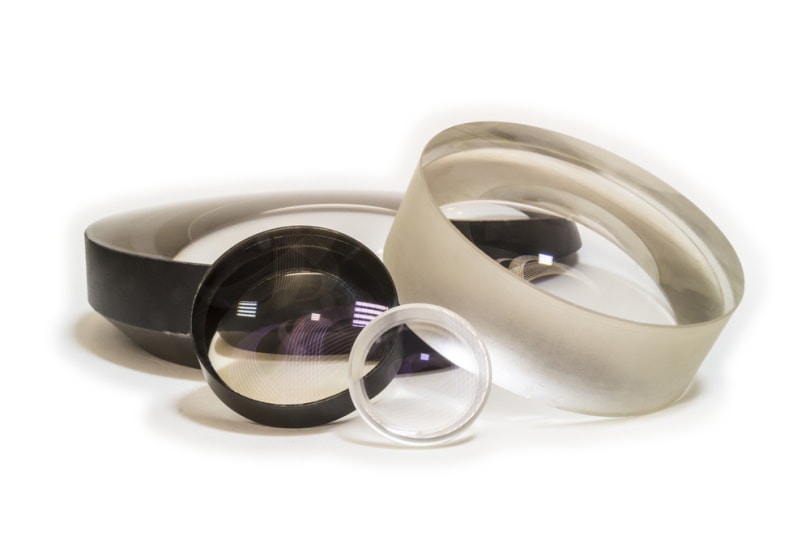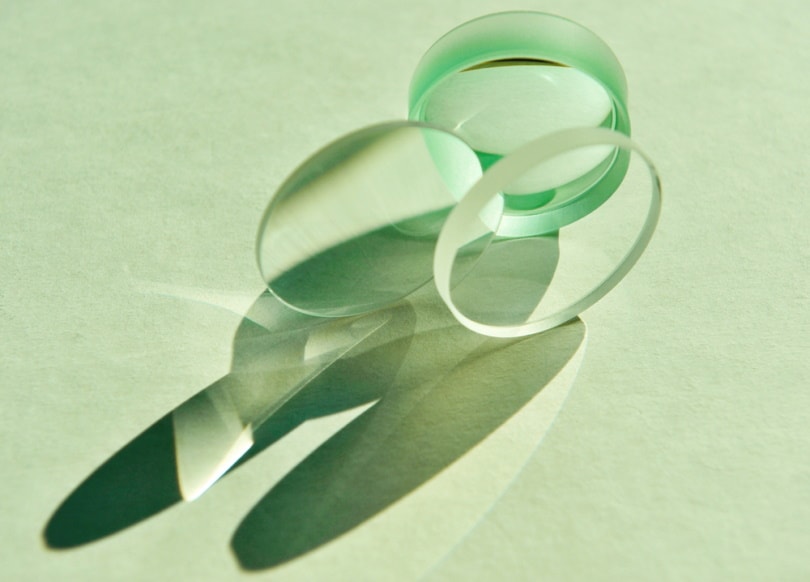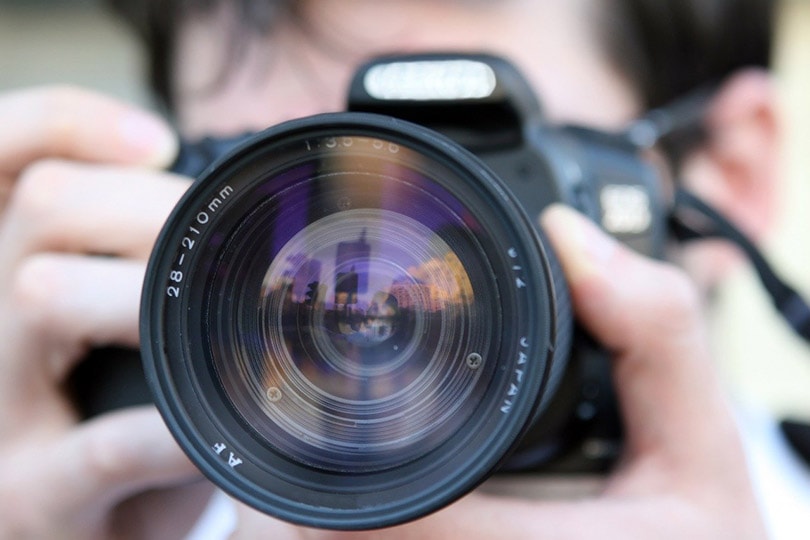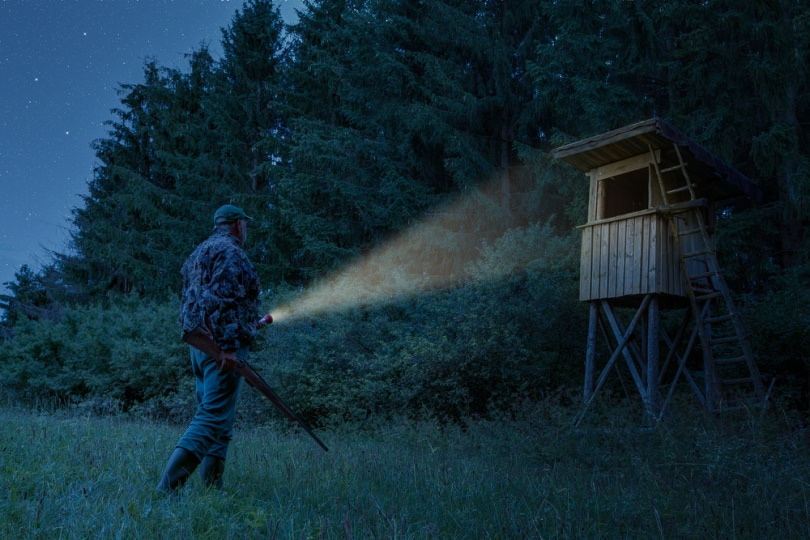What Is a Diverging Lens? Photography Basics Explained
Last Updated on

Beginner photographers have much to learn when they first get started, but the process can be quite fun, especially when learning about different types of lenses. If this subject interests you, keep reading as we discuss the diverging lens. We go over what it is, what it does when you use it, and where you can find it, so you can understand your craft better and produce better images.

What Is a Diverging Lens?
A diverging lens is a concave lens that’s thicker around the edge and thinner in the middle. Both sides can have a curved surface, but many models will only have one curved side. It gets its name because the light passing through it diverges or spreads from a particular point away from the focal center. When using this lens, you will see the image where the light rays appear to diverge.

Characteristics of an Image Formed by a Diverging Lens
- The image will appear on the object side of the lens.
- The image will be noticeably smaller than the object.
- The image will be virtual and upright.
Uses for Diverging Lenses in Photography
In photography, a diverging lens can help reduce the tube length of the camera, especially when trying to capture far-away objects. It can create a virtual and upright image, which eliminates the need for a screen at the point where the image forms, so cameras can be more portable.

Where Else Can You Find a Diverging Lens?
By far, the most popular use of concave diverging lenses is in eyeglasses, where doctors use them to correct nearsightedness. The shape of the lens helps spread out the light rays before they reach the eyeball, enabling a person to see far away objects more clearly. You will also find these lenses in telescopes and microscopes. The concave lens in this device is usually before or in the eyepiece, allowing better focus. Another popular use of the diverging lens is the peephole. It helps give people inside the home a wider view of the outside while looking through the small hole.
What Is the Difference Between a Concave Lens and a Convex Lens?
A convex lens is the opposite of a concave one. Convex lenses have a thick center with a thinner edge. You often see these lenses in flashlights, where they help provide a wider beam of light. A convex lens also creates a real image instead of a virtual one, requiring a physical surface or screen to form the image, and they are often used to focus on film.


Summary
The diverging lens is a concave lens that you often find in eyeglasses. It’s also a popular choice in photography because its ability to create virtual images helps cameras be more portable. You will also find them in telescopes, binoculars, and microscopes, to provide more control over the resulting image. These lenses are easy to identify because they’re thinner in the center than at the edge, and the subject will appear smaller but upright when looking through them.
Featured Image Credit: Dr. Me, Shutterstock
About the Author Ed Malaker
Ed Malaker is a veteran writer who contributes to a wide range of blogs covering information on computer programming, pets, birding, tools, fitness, guitars, and optics. Outside of writing, Ed is often found working in the garden or performing DIY projects in the house. Ed is also a musician, spending his time composing music for independent films or helping people repair their guitars.
Related Articles:
What Is the Best Binocular Magnification for Hunting? Optical Features Explained
How to Clean a Refractor Telescope: Step-by-Step Guide
How to Clean a Telescope Eyepiece: Step-by-Step Guide
How to Clean a Rifle Scope: 8 Expert Tips
Monocular vs Telescope: Differences Explained (With Pictures)
What Is a Monocular Used For? 8 Common Functions
How to Clean a Telescope Mirror: 8 Expert Tips
Brightfield vs Phase Contrast Microscopy: The Differences Explained
